About Publications Library Archives
heritagepost.org

Preserving Revolutionary & Civil War History

Preserving Revolutionary & Civil War History
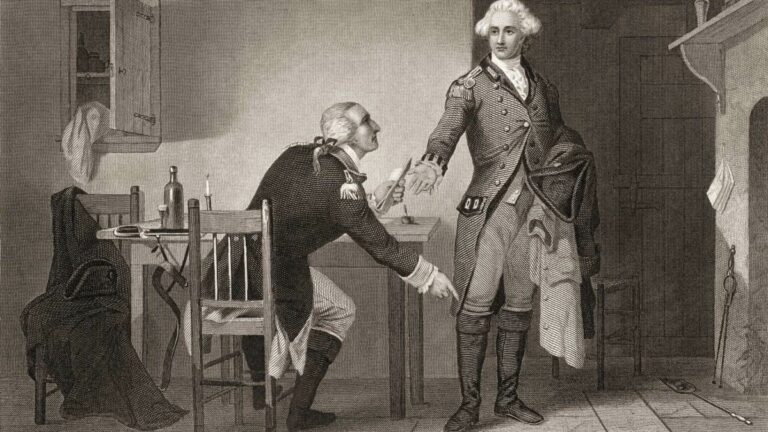
Author: Edmund Pendleton Date:1780 Annotation: Toward the end of 1780, morale within the Continental Army reached a low point. Troop strength fell to just 6000, and many officers threatened to resign over unpaid wages and inadequate supplies. In September, one of the frustrated officers–Benedict Arnold (1741-1801)–switched to the British side. Earlier in the war,…
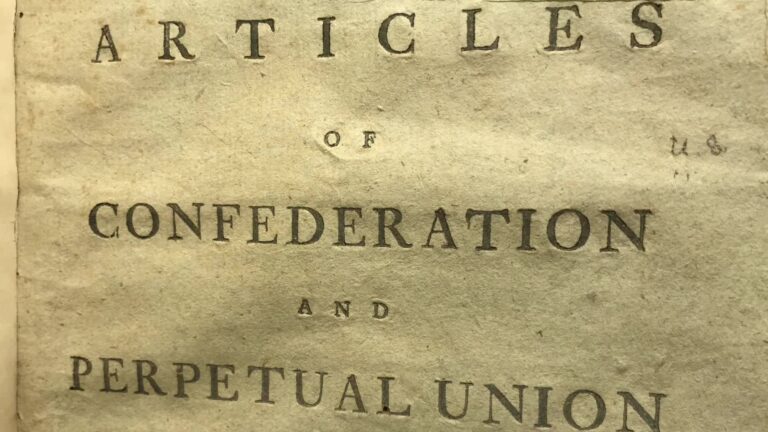
Author: Edmund Pendleton Date:1780 Annotation: In 1781, the 13 original states ratified the first United States constitution, the Articles of Confederation. The Articles served as the new nation’s plan of government until the Constitution of the United States was ratified in 1789. In this letter, Edmund Pendleton (1721-1803) urges establishment of a formal compact…
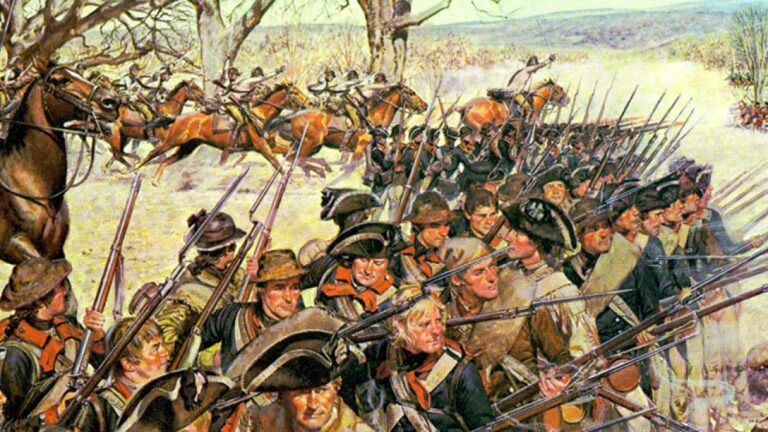
Author: Henry Laurens Date:1780 Annotation: France’s entry into the Revolution in 1778 altered the entire nature of the conflict. No longer was the Revolution simply a conflict between Britain and the United States; the war quickly expanded to include a number of other major European powers. In 1779, Spain joined France, hoping to regain…

Author: Henry Clinton Date:1778 Annotation: In May 1778, General Henry Clinton (1738-1795) became commander of chief of British forces. He replaced William Howe (1729-1814), who was occupying Philadelphia. The British ministry ordered Clinton to abandon Philadelphia, go to New York, and dispatch some of his troops to the West Indies. While marching across New…

Date:1778 Annotation: The Treaty of Alliance was a formal treaty with France that established cooperation against Great Britain. In this treaty, France officially recognized the United States as an independent country. Document: Treaty of Alliance The most Christian King and the United States of North America, to wit, New Hampshire, Massachusetts Bay, Rhodes island, Connecticut, New…

Author: Juan Agustin Morfi Date:1778 Annotation: In 1777 and 1778, a Franciscan father, Juan Agustín Morfi, traveled into northern New Spain, and offered the following description of San Antonio. Document: On the west bank of the San Antonio river, about a league from its source, above the point where San Pedro creek joins the river, is…
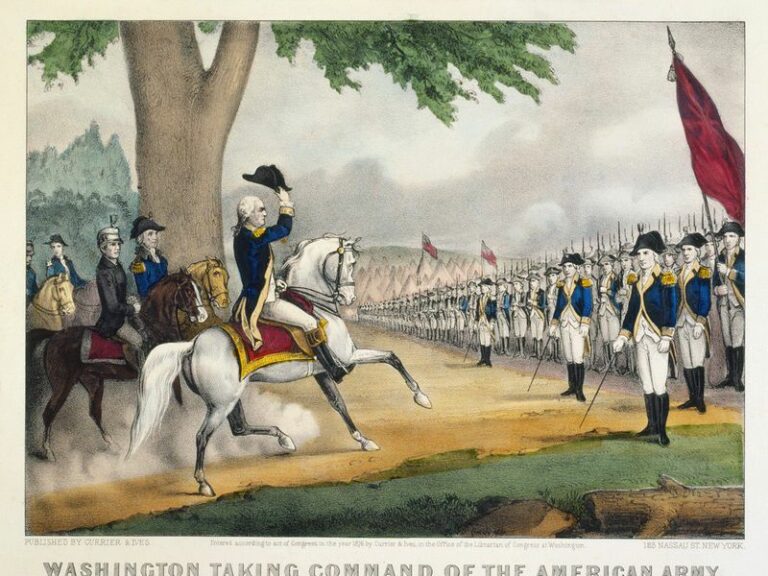
Author: George Washington Date:1777 Annotation: In May 1777, Washington had an army of only about 10,000 men, of whom fewer than 7,400 were present and fit for duty. Many were unfree, either indentured servants or slaves who were serving as substitutes for their masters in exchange for a promise of freedom at the war’s…

Author: George Washington Date:1777 Annotation: At first glance, George Washington (1732-1799) might seem to be an unlikely choice to lead the Continental Army. His only previous military experience, during the Seven Years’ War, had not been particularly successful. He and his men had been ambushed at Pennsylvania and then been forced to surrender Fort…
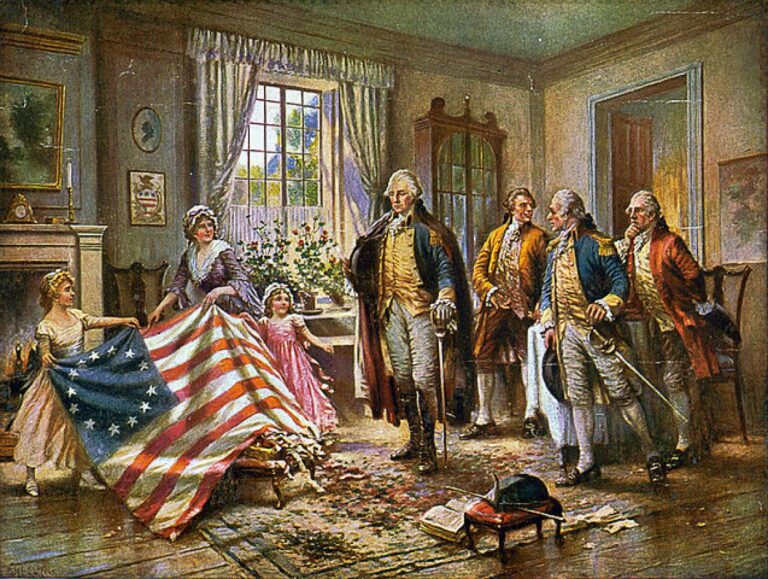
Author: Lucy Knox Date: 1777 Annotation: Wartime conditions thrust new responsibilities upon American women. With many husbands absent, women assumed heightened responsibilities for managing family finances and operating family farms and shops. The correspondence between Lucy Knox and her husband Henry, one of Washington’s leading generals, an artillery expert, and his future Secretary of War,…
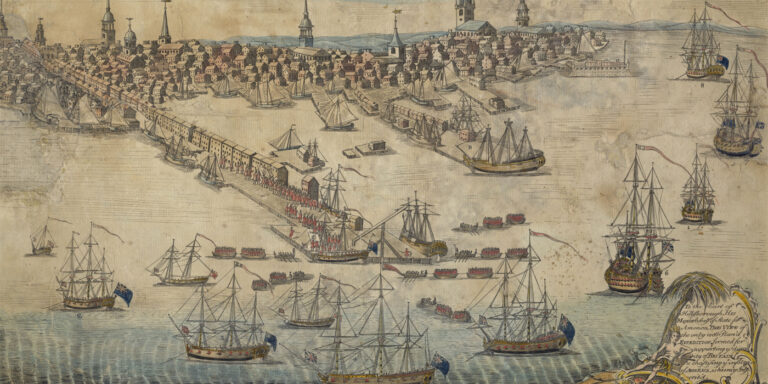
Author: Josiah Bartlett Date:1777 Annotation: The Continental Congress faced serious problems financing the Revolution. Lacking the power to tax, Congress made assessments of the states, but they provided only limited funds. To pay for the war, the Continental Congress began to issue a national currency known as the Continental dollar. Without gold or silver…